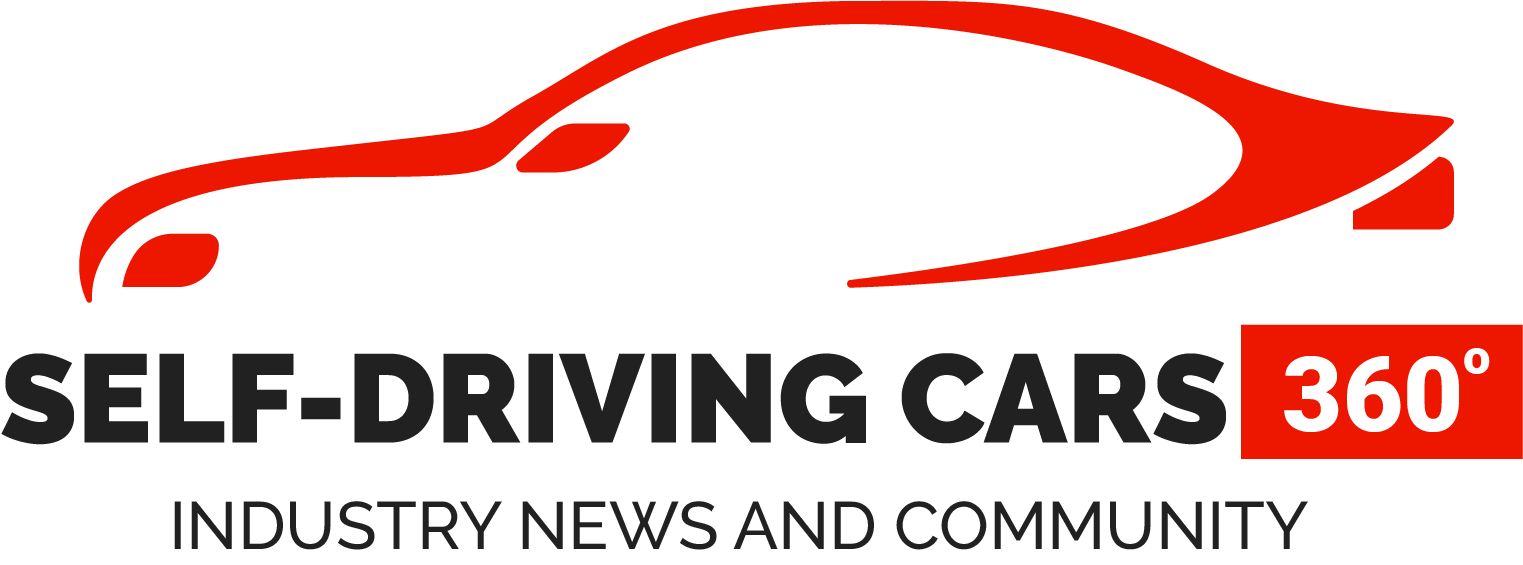Velodyne Lidar Inc., the San Jose autonomous driving sensor pioneer, said over the weekend that it had cut jobs last week because of “sudden and unexpected” changes caused by the coronavirus pandemic.
The company was accused in a lawsuit filed Friday of cutting 140 jobs improperly with only one day’s notice and using the COVID-19 pandemic as cover for shifting jobs overseas.
Velodyne, in a statement sent to the Silicon Valley Business Journal, didn’t confirm the number of jobs cut nor address the claims that it is moving jobs overseas and hadn’t given proper notice.
“The rapid spread of the COVID-29 virus has resulted in sudden and unexpected changes in business conditions and life in general globally,” Velodyne said in its statement. “Like many companies, Velodyne Lidar, Inc. is experiencing serious challenges related to COVID-19 and the unforeseen circumstances it has created. Due to these challenges, Velodyne Lidar has made the very difficult decision to reduce its workforce in manufacturing and operations. During these unprecedented times for our community and businesses at large, we continue to work to support our employees as well as meet our customers’ needs to the best of our ability.”
The lawsuit filed in federal court said that Velodyne told 140 workers last Monday that they would be out of work, effective the next day. It said they should have been given 60-day notice.
The company in mid-March said that it had closed its Bay Area operations, where it employed about 500, in accordance with shelter-in-place orders. It said at the time that it would “remain operational as we assess and meet customer needs by utilizing manufacturing centers globally that are currently open.”
It also said that it had built up buffer inventory for its popular products and planned to continue shipping them.
The worker lawsuit claims that before last week Velodyne “had already begun transferring production jobs overseas beginning in the summer of 2019 and had planned to continue doing so prior to the outbreak of COVID-19.”
Velodyne’s founder and its chairman, David Hall, is credited with inventing the way that lidar, a laser sensor technology that was originally developed for satellites around 1961, could be used to help guide self-driving vehicles. He and his brother Bruce developed a multi-sensor roof-mounted system that was used to win a driverless car race sponsored by the Defense Advanced Research Projects Agency in 2007.
The company is a leader among dozens of companies that are competing to develop an affordable and reliable way for autonomous vehicles to replace human drivers. In addition to trucks and automobiles, the technology is being developed for use in a wide range of industries where automation is replacing human workers.
Velodyne made a confidential IPO filing last year but decided not to go forward with an offering as the market for new stocks became more volatile. Hall said at a Business Journal event in the fall that he was considering doing a direct listing instead.
The company in December said it was sharply scaling back its team in China. This came a few months after it accused rivals in that country of stealing its intellectual property.
Velodyne Lidar is valued at about $1.8 billion after raising about $225 million from investors who include Nikon, Ford Motor Co. and Baidu, according to PitchBook Data.
Source: www.bizjournals.com




GIPHY App Key not set. Please check settings